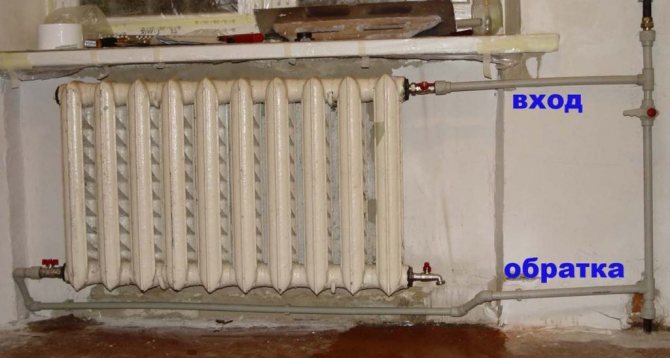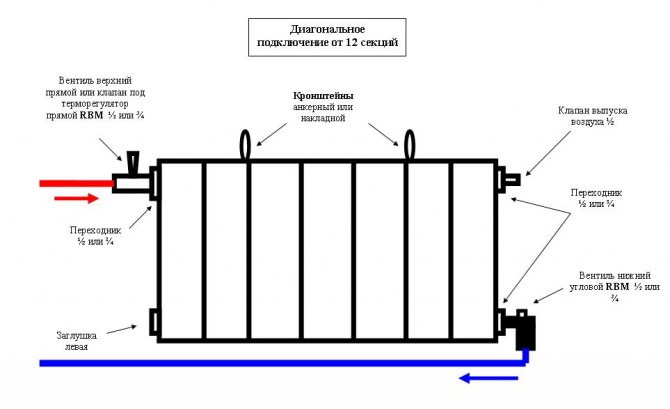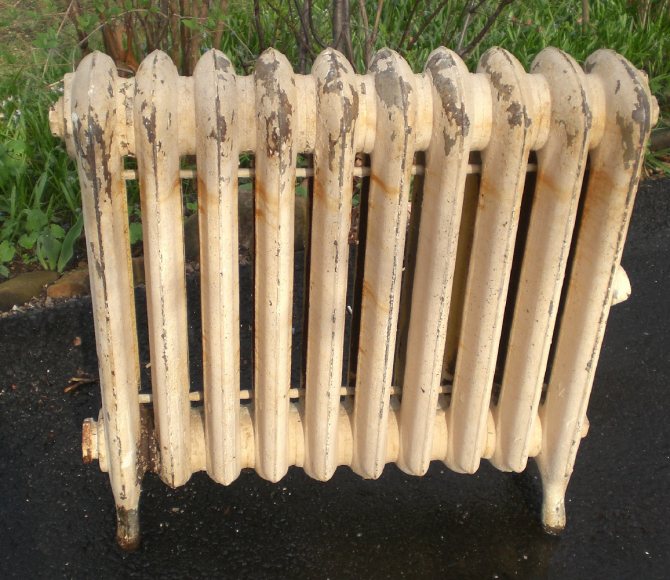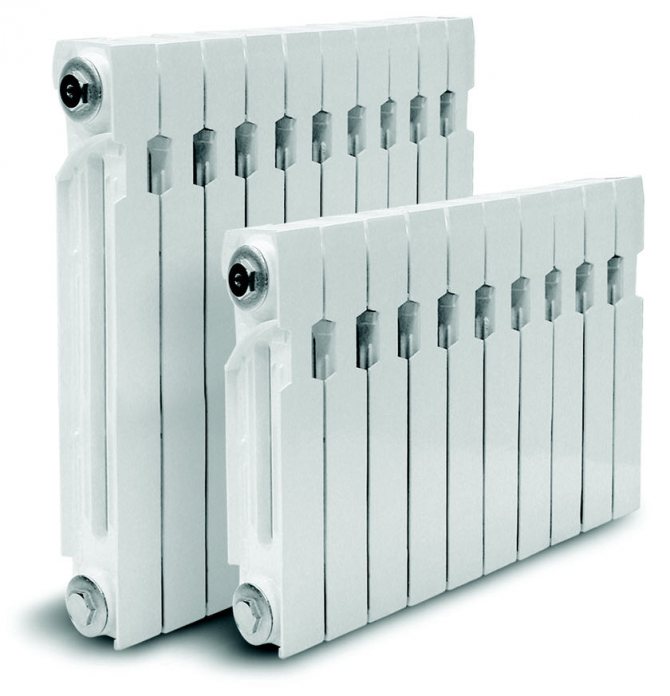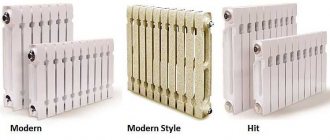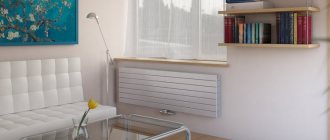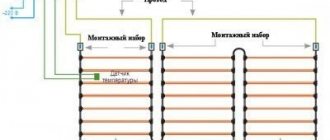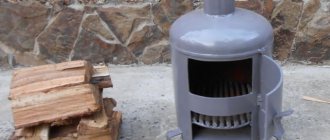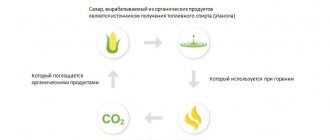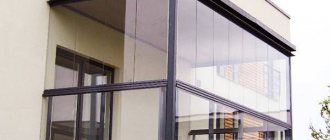How good are modern cast-iron radiators compared to alternative solutions? In what cases is their use justified when installing a heating system? How long do they serve, and how much heat do they give off? In our article we will try to answer these and many other questions.
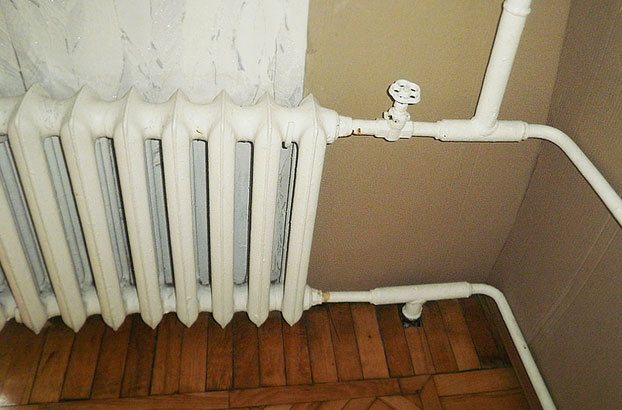
Cast iron batteries are probably familiar to every person who grew up in a Soviet-built house.
pros
- Reliability and durability. Cast iron is unpretentious to the coolant, it will not be damaged even by large fractions or aggressive chemical impurities, often contained in water from Russian thermal power plants. The maximum allowable temperature of the coolant reaches 130-150 degrees. With regular flushing, this battery can last for decades.
- High heat capacity and thermal inertia. Such batteries give off heat for a long time, which after disconnection can remain in them up to one third of the original volume. However, the same feature of the material is also its disadvantage - more on this in the corresponding section.
Strengths and weaknesses of aluminum radiators
Among the pleasant features that these heaters have, the following can be distinguished:


In addition to such pleasant qualities, radiators of this type have a number of disadvantages, but they relate exclusively to the centralized heating system. If you use them with autonomous heating, then there are no such disadvantages:
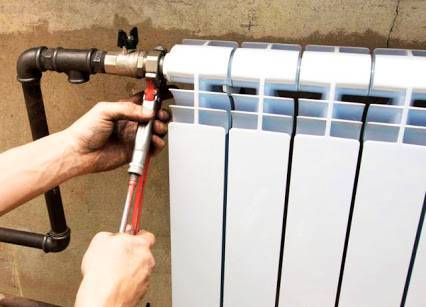

If we take into account all the pros and cons of aluminum radiators, then it is quite possible to choose the optimal model for each specific room.
Although manufacturers give aluminum radiators a 10-15 year warranty, this does not mean that they will last as long. If you install them in an autonomous heating system, then the service life can be extended to 30-40 years if the owners monitor the quality of the coolant. Using them for central heating, where the composition of the carrier is questionable, they can fail in 7-8 years, and it will be difficult to prove anything to the manufacturer.
Minuses
- Great weight. Cast iron is a very heavy metal, the weight of one section of a cast iron radiator can reach several kilograms. On average, this is 2-3 times more than the weight of a bimetallic battery section, and 4-6 times more than the weight of an aluminum radiator. ...
- Price. One section of a cast-iron radiator is noticeably more expensive than a section of a bimetallic or aluminum battery similar in size and heat transfer.
- Impossibility of installation in a system with automatic adjustment. The design features of the battery and the properties of the metal will prevent the sensors from receiving up-to-date information about the temperature of the coolant and surface. When choosing which is better to put heating batteries in an apartment, be sure to take this nuance into account.
- Low efficiency. Due to the thermal inertia, much more energy and coolant will be spent on heating a square meter of area than in the case of other types of batteries. This can be completely unimportant if your heating is centralized and you pay based on the square of the house. But if you have a gas boiler, you will have to spend more of your own money, and they will go mainly to heat the battery itself, and not to increase the temperature in the room.
- Unaesthetic appearance. Note that this applies only to old batteries, but if you have just such - they are unlikely to harmoniously fit into the modern environment.Cast iron batteries of the new model in this regard are no different from bimetallic or aluminum "brothers" - they look modern and stylish, they will perfectly fit into the interior of any apartment.
Calculation of cast iron heating radiators per area
Become familiar with the basic parameters to consider when calculating. They include a heat output for heating 1 m² - 100 W, standard ceiling height - 2.7 m, one external wall.
It turns out that the thermal power required to heat a room of 10 m² is 1000 watts.
The received power is divided by the heat output of one section and the required number of sections is recognized.
Table for calculating cast-iron radiators per area.
| Heating area, m2 | Power, W |
| 5-6 | 500 |
| 7-9 | 750 |
| 10-12 | 1000 |
| 12-14 | 1250 |
| 15-17 | 1500 |
| 18-19 | 1750 |
| 20-23 | 2000 |
| 24-27 | 2500 |
You can read about designer cast iron radiators on this page.
New cast iron batteries
If the advantages of a cast iron battery outweigh its disadvantages for you, we can recommend you high quality modern cast iron batteries. In the Santechbomba store you will find several practical options - the STI Nova 500 and STI Nova 300 models are presented to your attention. They differ from each other in size and power characteristics - for example, the "older" model 500 has a heat transfer of 150 W per section, the weight of the section at the same time it is 4.2 kg, volume - 0.52 liters. For the 300 model, these indicators are 120 W, 2.9 kg and 0.3 liters, respectively, while it is 20 cm lower. Both radiators are distinguished by their original design, a heat-resistant polymer coating is applied to the surface.
For those who prefer the familiar design, the classic MC-140 model is perfect. Consisting of 7 sections of 150 W each, it looks almost the same as the "same" Soviet batteries. And, of course, it is still heavy as it is made of real cast iron. However, you have not forgotten what advantages this material has?
We calculate the power of a cast iron radiator
You can calculate the number of sections for cast iron heaters using a variety of methods. In specialized books, there are methods that include a large number of factors, including the area of the room, the location of windows and doorways, the material and structure of the walls, technical indicators of batteries, etc.
However, you can get the desired value using a simpler formula: multiply the area of the room by 100 and divide by the capacity of one section.
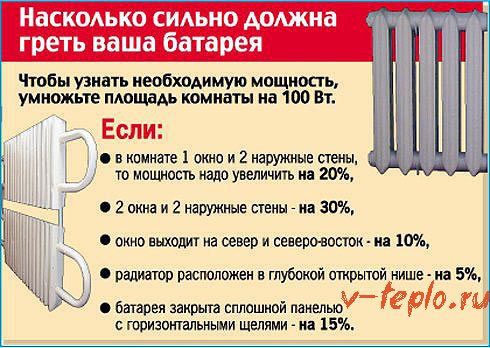

The result should be corrected as follows:
- In rooms with a height of more than 3 m, 1-2 sections are added to compensate for heat losses
- It is necessary to add several sections for rooms with two walls bordering the street
- In rooms with two window openings, radiators are installed under each of them, dividing equally the found number of sections. This is necessary so that air barriers are formed under the windows for cold through streams from outside
- Fractional value always increases positively
Design
Classic cast iron radiators are not much different in appearance. However, the development of the heating appliance market and the constant change in the style features of the interior forced manufacturers to come up with something new, more elegant and extravagant.
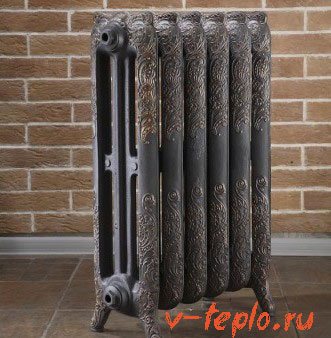

Today, the market offers models of various colors (gilding, silver, copper, bronze, etc.). There are radiators with artistic casting, on which ornaments are applied.
However, the external design significantly affects the cost. Decorative models are much more expensive than classic, modern aluminum, steel or bimetallic ones.
Video instruction for assembling sections
Summing up
Having considered in more detail the features and technical characteristics of cast iron heating radiators, you can get your own idea of these heating devices. However, it is impossible to argue about their great superiority over other models.The reason is that each of the proposed options has its own pros and cons.
Due attention should be paid to cast iron models when designing a heating system. They can be purchased to save money in a maintained condition and do not worry about them going out of order soon.
Bimetallic batteries
Should I change cast iron batteries for bimetallic ones? When the cast iron option is not suitable, bimetal batteries are an excellent solution. Usually this word means a duet of aluminum and steel (instead of which copper is sometimes used). Aluminum plays the role of an external material, while the radiator core is made of steel, since this metal is more resistant to high temperatures and other unfavorable conditions. In this respect, it has similar characteristics to cast iron, because steel is not afraid of an aggressive chemical environment, and it is also resistant to corrosion. And in terms of the maximum withstand pressure, steel even surpasses cast iron - the steel core allows it to reach a working pressure of up to 30-40 atmospheres, and it is not afraid of possible water hammer.
Aluminum, in most modern models, has almost no contact with the coolant, while receiving energy from steel, it quickly heats up and transfers heat to the room. Another important advantage of bimetallic batteries is the small volume of the coolant.
So, bimetallic batteries:
- lungs;
- graceful;
- heat up quickly;
- serve for a long time;
- not subject to corrosion;
- withstand tremendous pressure;
- are characterized by high efficiency;
- have a small volume of coolant.
Speaking about specific models, we will mention Alecord 350 - one of the best options in terms of quality and price ratio. The weight of one section here is only 1.1 kg, while its heat transfer is 136 W. Working pressure - 25 bar (withstands up to 35), the capacity of the coolant is 0.17 liters per section. For example, the Russian-made Halsen 350 has similar characteristics.
An interesting version of the Royal Thermo BiLiner 500 can also be noted. 171 W of heat transfer per section with its weight of 2.02 kg and a volume of 0.2 liters was created on the basis of innovative high-tech solutions. Literally everything speaks about this - from the unusual design of the radiator to the 25-year warranty and a huge amount of insurance coverage. Country of origin - Italy.
Intersectional leaks
The main problem with cast iron batteries is intersectional leaks. Paronite gaskets between the sections after numerous cycles of heating and cooling (and the accompanying expansion and contraction of the sections) lose their elasticity, and with the next drop in temperature, moisture appears on one of the collectors.
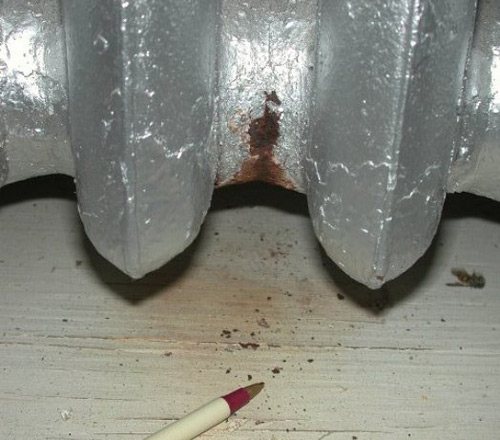

Cross-sectional leakage: look in the spring on all batteries in the country.
The problem can be solved in three ways:
- Resetting the heating system for the summer. The service life of cast-iron heating radiators from contact with humid air will practically not decrease.
- Tighten the problem nipple. To do this, when the circuit is released, a blind plug of the radiator is opened, and through it a radiator key is inserted into the collector - a steel bar flattened at one end. The nipple is turned counterclockwise (on the side of the blind plug, the thread is always left-handed).
- With a large number of leaks, the radiator is completely sorted out with the replacement of all gaskets. In the absence of regular paronite products on sale, the gaskets can be cut from an unnecessary car camera.
After any depressurization, the cast-iron battery must be checked under pressure or pressurized with a hand pump.
What pressure is used to pressurize cast iron radiators in domestic conditions? Typically slightly higher than the operating pressure of the circuit. For an autonomous system, 3 kgf / cm2 is sufficient, for a central heating it is desirable to carry out tests at 6 kgf / cm2.
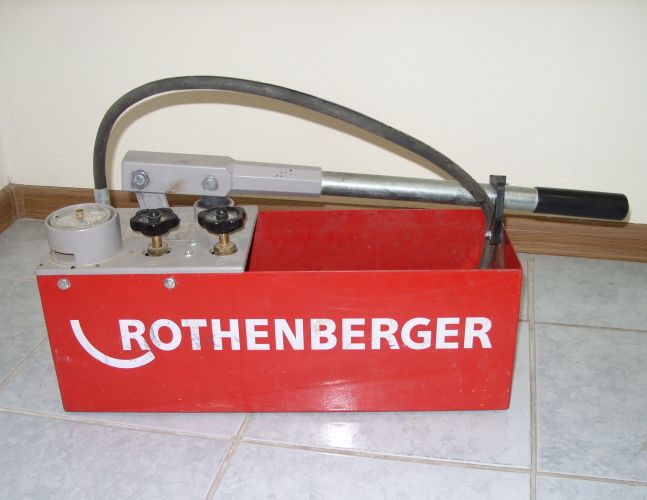

In the photo - a hand pump for crimping.
general information
Cast iron batteries - a heating structure consisting of sections made of gray cast iron by casting... Depending on the volume of the room, the number of sections can be different: from 2 to 20-30 or more, and their height from 35 cm to 1.5 meters... The section is hollow inside and has either one or two channels. During installation, the batteries are placed on legs or hung on reliable brackets to the wall, since they have a lot of weight - one section from 5 to 7 kg... They have a long service life - 50 years and more... They are used for central heating, where water can contain aggressive alkaline compounds, solid impurities (sand, pebbles), thus, this high pressure coolant negatively affects the structure of the battery material, destroying it from the inside.
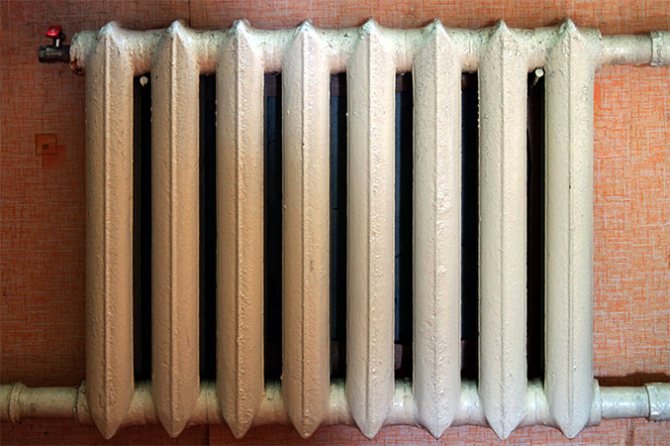

Bimetallic batteries are a heating structure, the sections of which consist of a core - steel or copper and aluminum armor. Batteries can be recruited from separate sections with the possibility of building up or replacing each one or cast in one piece. The second option is the most reliable when exposed to high pressure in the central heating system, but it is less suitable for repair, since in case of a malfunction there is no possibility of replacing a separate section, the batteries will have to be changed entirely. Prefabricated structures can be used for heating private houses, without the danger of leaks at the joints due to low water pressure. By weight, they are much lighter than cast iron - the weight of one section is about 2 kg, the height of standard dimensions is 350 and 500 mm... The service life depends on the material of the core: made of steel - about 20 years, from copper - up to 50 years and more... They belong to expensive heating systems.
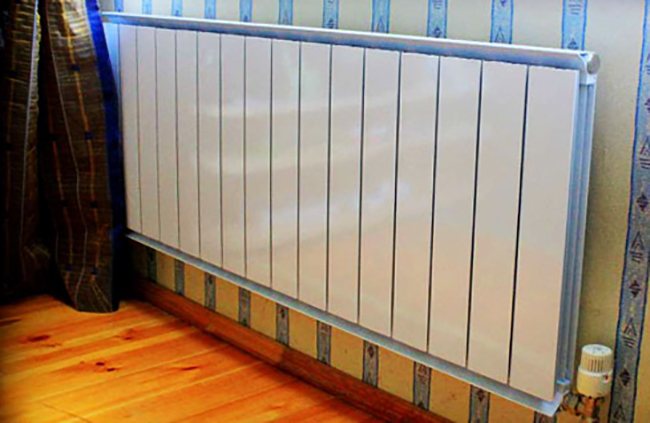

Breakdown reasons
If the heating system is out of order not because of its "antiquity", then you should look for a malfunction elsewhere.
This could be:
- Inconsistency of the radiator with the system of an apartment building. This may be due to the pressure or the quality of the coolant.
- Flaws when connecting to pipes, which can cause a breakout over time.
- Operating conditions are not suitable for this type of radiator due to frequent pressure drops.
- If the coolant is too littered, then this causes the accumulation of suspended matter in the attachment points, which in due time will lead to a leak.
- Spacers between sections also do not last forever., and the failure of one of them is capable of violating the integrity of the system.
